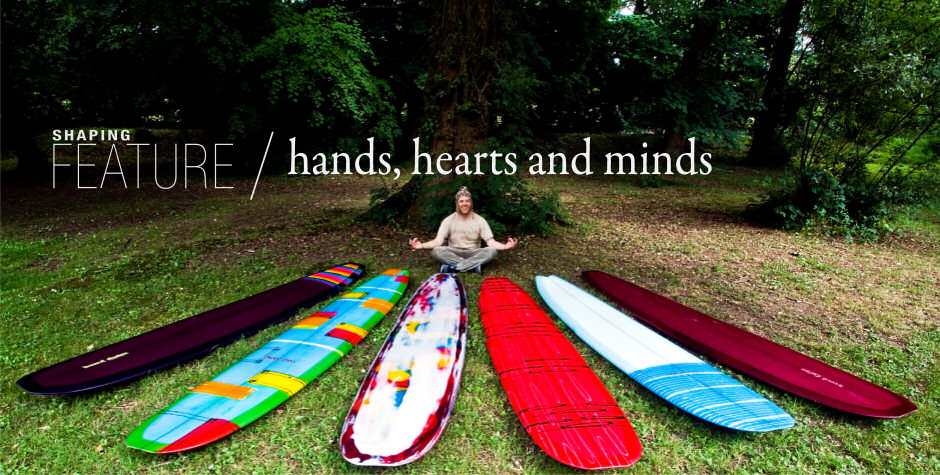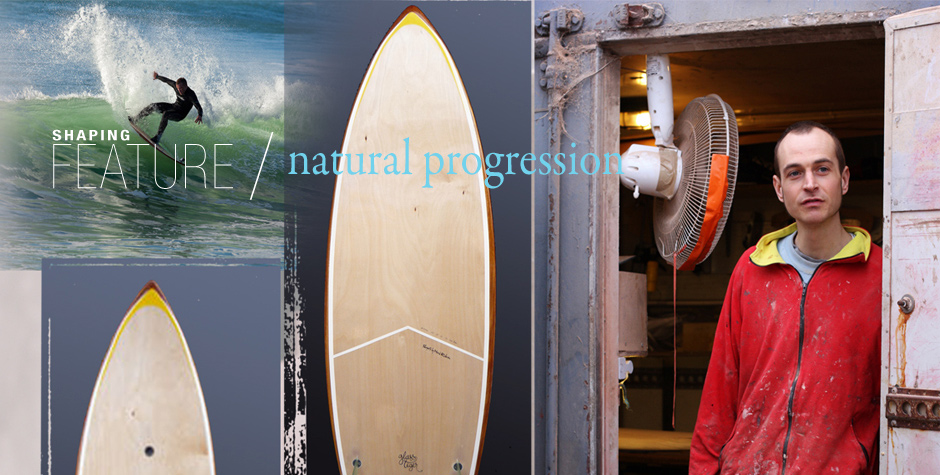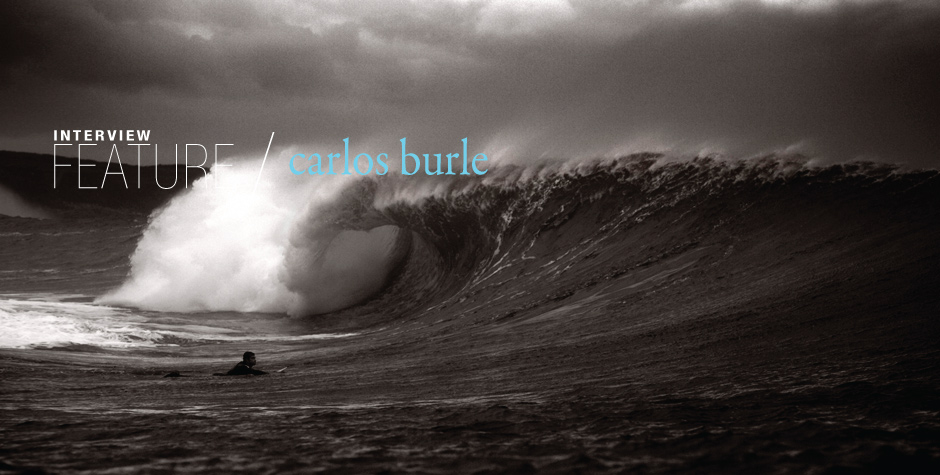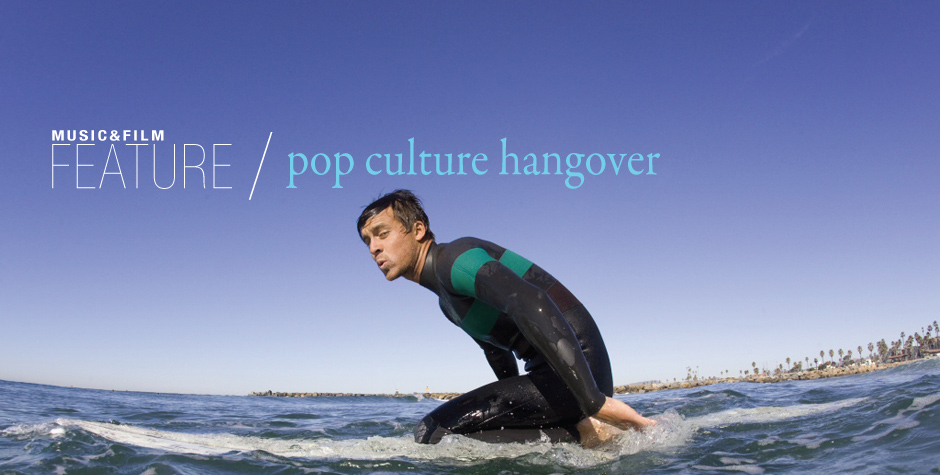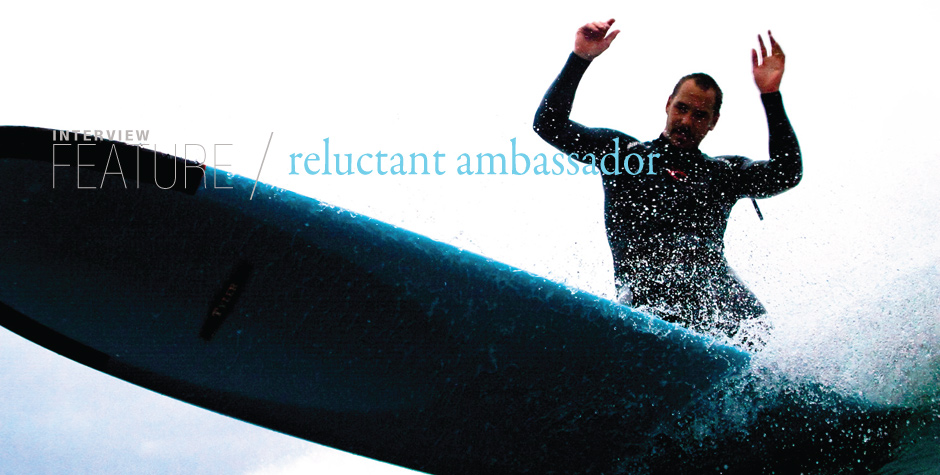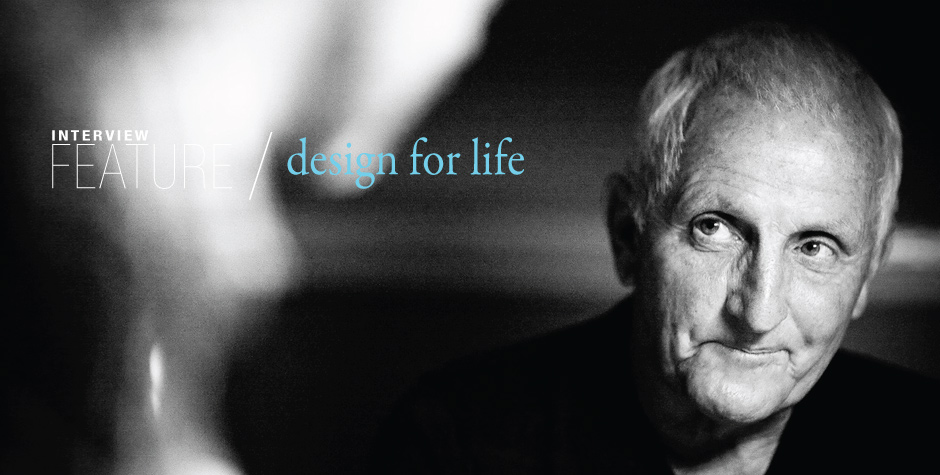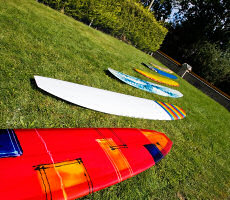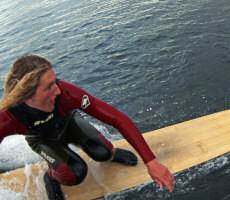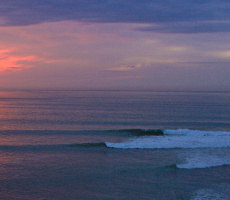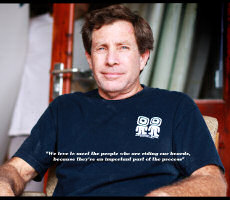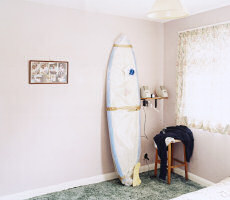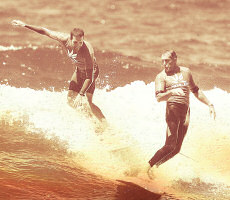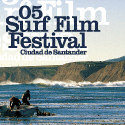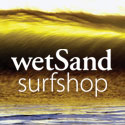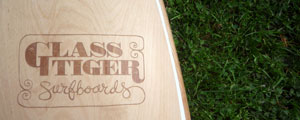No more fish…
 It’s late on a Tuesday evening. There’s nothing else on. I glance through the EPG and settle on More4 where a chance encounter with a documentary film changes my dinner decisions forever…
It’s late on a Tuesday evening. There’s nothing else on. I glance through the EPG and settle on More4 where a chance encounter with a documentary film changes my dinner decisions forever…
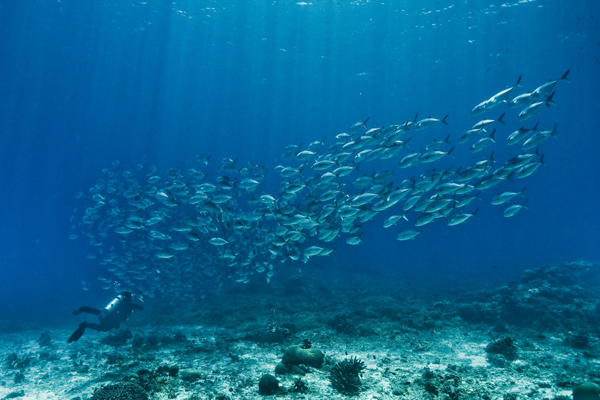
My mouth was full when it happened. Succulent, juicy tuna steak still purple in the middle, crisp black griddle lines searing across its surface, the tang of lime and coriander on my lips. Delicious. I didn’t choose to watch it, not really, but there was nothing else on and, well I like nature programmes; I like documentaries. Flicking to More 4 didn’t feel like it could do any harm and this film got screened at Sundance last year for goodness sake, it had to be worth a look. So my thought train went. I almost wish it hadn’t.
My dinner lay cold on the table as 15 minutes in, the full horror of what I was watching emerged. Two years in the making, The End of the Line is a chilling scientific prophecy about what our world will look like in 40 years time, though not because of global warming, or oil leaks or any of the usual environmental culprits. No, this threat is even closer to home, even more tangible. In fact, last night it was sitting on my plate. Overfishing is destroying our oceans.
The documentary, made by investigatory filmmaker Rupert Murray and based on a book by Charles Clover, wasn’t going to sugar coat it. It laid its cards early; hard and fast on the table.
If we keep fishing the way we are now, there will be no fish left by 2048. None.
According to the WWF as many as 90% of all the ocean’s large fish have been fished out. Over the last 10 years fishermen’s hauls have declined by up to 80% as fish stocks have been unable to recover from the intense harvesting they are subjected too. If the ocean were a field, the documentary explains, trawling is like ploughing for crops seven times a year. What can grow in those conditions?
 Watching how the demand for cod in Newfoundland in the 1990s led to the decimation of the most abundant cod population in the world was bad. Finding out that the longline fishing industry sets 1.4 billion hooks a year on enough line to encircle the globe more than 550 times was worse. Discovering that at present global fishing fleets are 250% larger than oceans can sustainably support was frightening.
Watching how the demand for cod in Newfoundland in the 1990s led to the decimation of the most abundant cod population in the world was bad. Finding out that the longline fishing industry sets 1.4 billion hooks a year on enough line to encircle the globe more than 550 times was worse. Discovering that at present global fishing fleets are 250% larger than oceans can sustainably support was frightening.
But the most terrifying segment of the film came with the relevations around the plight of the bluefin tuna. Now as endangered as the white rhinoceros but still being hunted for rich diners’ tables, the commercial fishing boats are voracious in their hunt for the big bucks that bluefin commands.
Granted, the documentary had a point to make and cut no corners hammering it home. Evocative montages of whitewater boiling with blood as fins thrashed and fisherman waded in, knives held high, ready to slaughter are still burned into my retina, but these are empassioned campaigners and they’re not asking much, really.
The film finished with a set of simple solutions which, combined with political will, could halt the demise of our oceans’ ecosystem before it is too late:
Ask before you buy and only eat sustainable seafood
Tell politicians to respect the science and cut the fishing fleet
Join the campaign for marine protected areas and responsible fishing
Of course, it’s not a crystal clear case; nothing ever is. Cutting the fishing fleet is a big ask, economically and socially and the statistics continue to be debated because there is no definitive way to measure what’s going on under the waves. However, thanks to End of the Line, I for one am convinced that responsible fishing has to be the way forward if our oceans and our fishing industries are to survive. Regardless of how tempting those two for £5 tuna steaks on the Sainsbury’s fish counter are.
If you are interested in finding out more about The End of the Line documentary and campaign, log onto their website where you can watch trailers and campaign update films as well as read about the making of the documentary, and current activity. You can also watch webisodes of The End of the Line on Babelgum.
